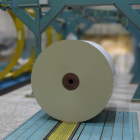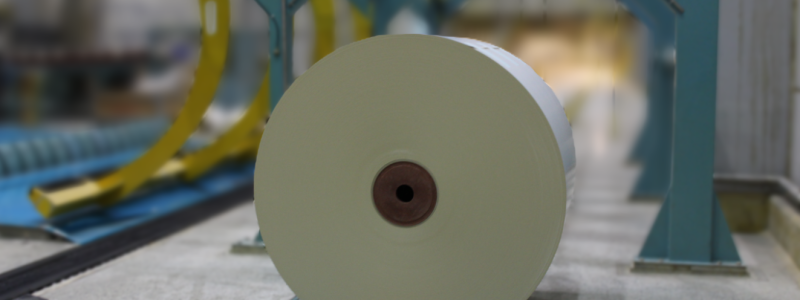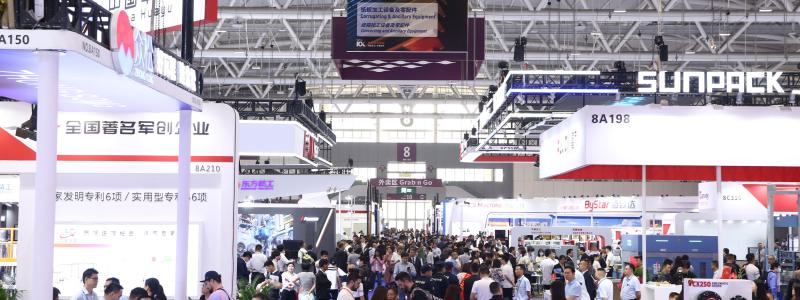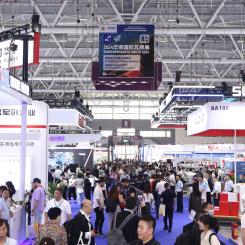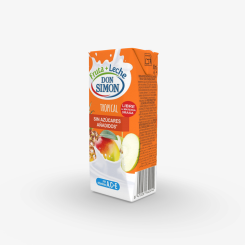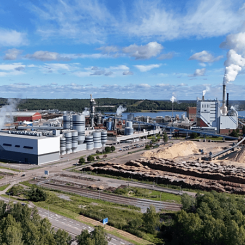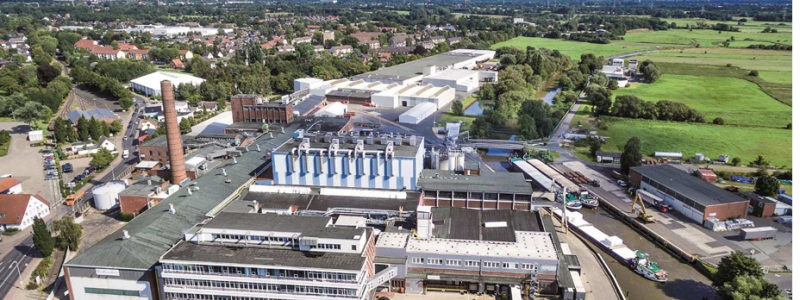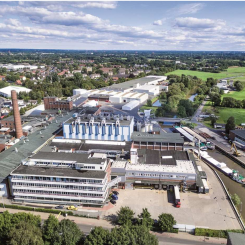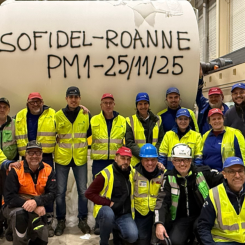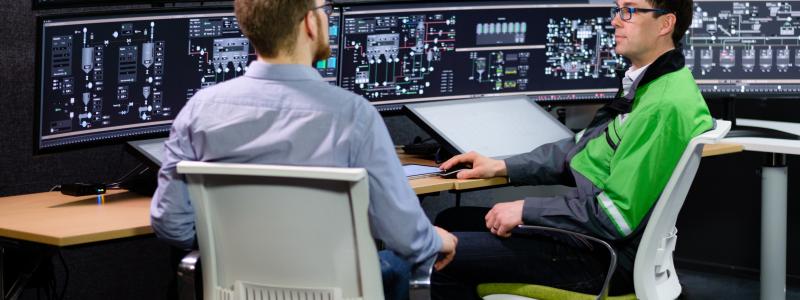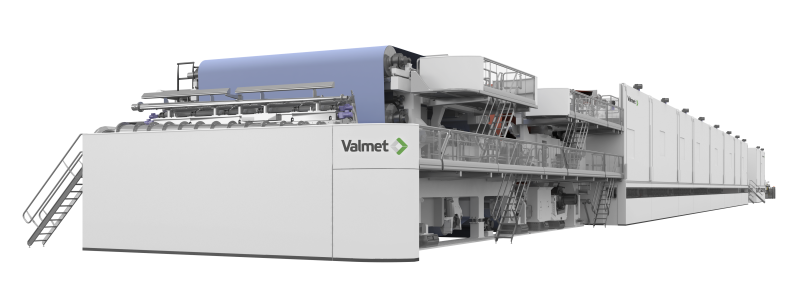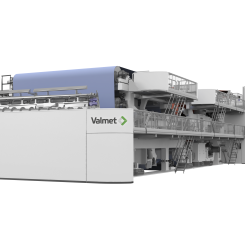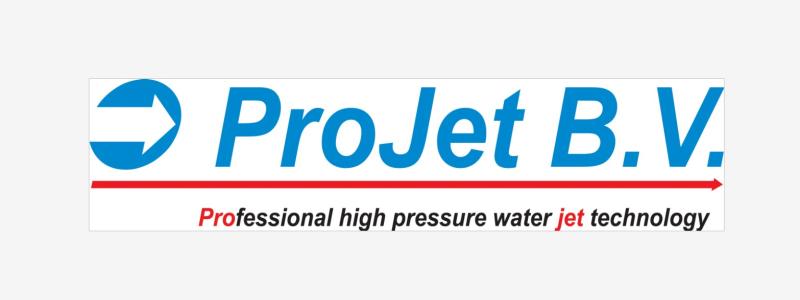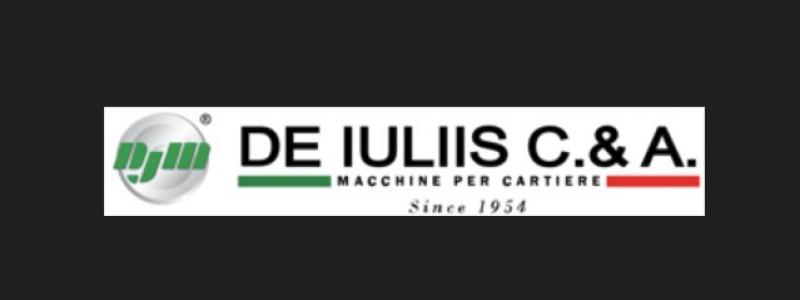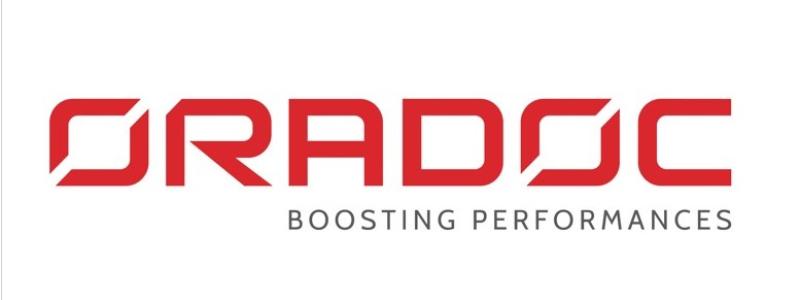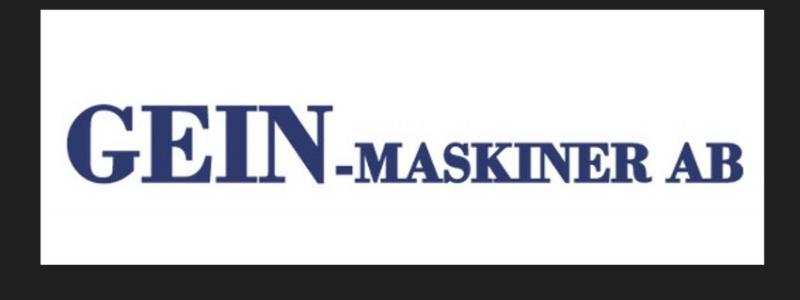By Del Williams
Del Williams is a technical writer based in Torrance, California.
To achieve reliable, accurate, repeatable, lab mixing that seamlessly scales up, an industry expert guides pulp and paper producers through the most important factors in selecting equipment and accessories.
For pulp and paper manufacturers, laboratory mixing is an exact science. Producers precisely mix various materials such as wood fibers, water, chemicals, fillers, sizing agents, dyes/pigments, additives for strength, and recycled paper to create various paper products. Improper mixing can disrupt the processing, forming into sheets, and quality of many types of paper such as newsprint, printing paper, tissue, and specialty products.
“The products developed [in labs and in production] touch nearly every part of our lives. So, when mixing pulp and paper products, the results must be accurate, reliable, and perhaps most importantly, repeatable. Consequently, utilizing the proper instruments is essential,” says John Bogart, Managing Director of Kett US, a manufacturer of a full range of laboratory mixing as well as moisture and organic composition measurement equipment.
The challenge is that any mixer that isn’t well suited to the requirements of a lab or the production floor can be very disruptive. For example, the mixer may lack sufficient speed, leading to incomplete mixing or poor homogeneity. A mixer may also insufficiently combine materials with multiple viscosities, resulting in “ring layers” where the various viscosities settle at different depths in a poorly mixed product. These kinds of issues are problematic when mixtures or products are in laboratory development and accuracy is critical for the results to be reproducible on a larger scale.
According to Bogart, the key for pulp and paper manufacturers is not only finding lab mixers that can perform as desired but also selecting those that can reliably do so while withstanding the toughest viscosities over time. As an industry expert, Bogart shares what pulp and paper producers need to know about selecting the most effective lab mixers for their specific applications.
Choosing the Best Mixer For Your Lab
For pulp and paper manufacturers, the most important step to take in choosing the right mixer is determining the performance specifications that need to be met. For most labs, the prime factors to consider are speed, related torque, safety, viscosity, and versatility, according to Bogart.
Mixing Speed and Related Torque
The optimal mixing speed depends on the chemical properties, desired reaction outcome, and the specific equipment used. Mixing speeds that are too high or too low can both negatively impact the quality, safety, and efficiency of the mixing process. Therefore, choosing a mixer capable of reliably providing the right mixing speed is essential for achieving uniformity, controlling reactions, and ensuring the desired product characteristics.
In fluid mixing, torque plays a key role in how effectively a mixture is blended. When mixing, torque is the force that the motor applies to turn blades or impellers, which create the necessary shear and turbulence to mix the components. Adequate torque ensures that the entire fluid or material is mixed uniformly. Without enough torque, areas of the mixture may remain unmixed or may not achieve the desired properties.
Consequently, pulp and paper manufacturers should select a mixer that satisfies their performance requirements in terms of mixing speed and related torque. To meet this need, Kett, for example, manufacturers three categories of mixers that fulfill the performance specifications of pulp and paper producers.
An entry level model with an RPM rate between 0 and 300 rotations per minute, provides a related torque of 9.0Kgf/cm and is capable of withstanding high viscosities. A mid-level model can reach up to 600 RPM with related torque of10.0Kgf/cm, which is ideal for medium-to-high viscosities. A high-performance model can reach up to 1,000 RPM with related torque of 3.0Kgf/cm, covering a low to medium viscosity range.
A basic model will typically provide forward/reverse rotation for efficient mixing. A mid-tier model will have a higher-powered motor in the range of 70W with automatic forward/reverse rotation for improved mixing performance. A higher-end model will provide a more robust motor, such as 120W, for high-viscosity liquids and enhanced torque, expanding its application range, according to Bogart.
Safety
Some lab mixers have inherent defects that can present problems when mixing pulp and paper materials. For example, lesser mixers can have motor issues that spark during operation. Since elements of pulp and paper are often comprised of volatile substances, this can lead to a fire.
Brushless motors can help to eliminate the fire risk. “Brushless motors have been specially engineered to prevent sparking, nearly eliminating the risk of fire, and are entirely encased to prevent particles from creeping in and damaging the inner workings of the motor,” says Bogart.
He adds that dual safety systems, with thermal motor protection and a current limiter, can also help to protect the mixer from overheating.
Maintaining Mixing Speed
Laboratory and factory mixing can be challenging, particularly when pulp and paper manufacture involves materials with varying viscosities. Multiple viscosities can lead to “ring layers” in a mixture, where the varying viscosities settle at different heights within the mixture, resulting in poorly mixed, inadequate materials or products.
To resolve this issue, Kett developed its Z+ model of mixers, which provide high torque regardless of the thickness or viscosity of the mixture.
“Even as mixtures change in viscosity as they are combined and materials react with one another, the speed remains constant,” says Bogart.
To expedite the mixing process and eliminate unmixed “ring regions” towards the top or bottom of a blend with varying viscosities, the OEM offers models that raise and lower when mixing. This reciprocating motion ensures that the entire batch of each pulp and paper material is entirely and evenly mixed.
Mixing versatility
In the course of development over time, pulp and paper manufacturers will often need to mix a wide range of formulations and sample sizes in special conditions. Consequently, it can be advantageous to have a host of options and tools available that can increase the safety, flexibility, efficiency, and accuracy of mixer use.
In this vein, keyless chucks can help to streamline the change of mixing shafts with safe, secure attachment to the mixer without a key. Free-Joint™ swivel mounts enable changing shafts and adjusting the mixing height without moving the motor, according to Bogart.
Programmable settings, digital controls, LED digital displays, 0.5-second sampling frequencies, and change of rotational direction with the touch of a button can improve mixer accuracy and efficiency as well, he suggests.
To further enhance safety, utilizing a remote control mixer model equipped for fume hood use, with external output for rotation speed and torque control can be helpful. A model with a remote-controlled agitator can be ideal for demanding agitation tasks and external control capabilities. Using a model that provides analog voltage outputs for rotation speed and torque, allowing viscosity monitoring with a recording meter during agitation can help to improve quality control, adds Bogart.
With all the options available, working with an expert OEM that provides a comprehensive range of mixers and accessories along with engineering assistance and technical expertise can help pulp and paper producers select the equipment most suitable for their lab. Utilizing the most accurate, reliable, repeatable, and versatile equipment, in turn, will not only streamline product development but also promote quality and successful production scale up down the line.



